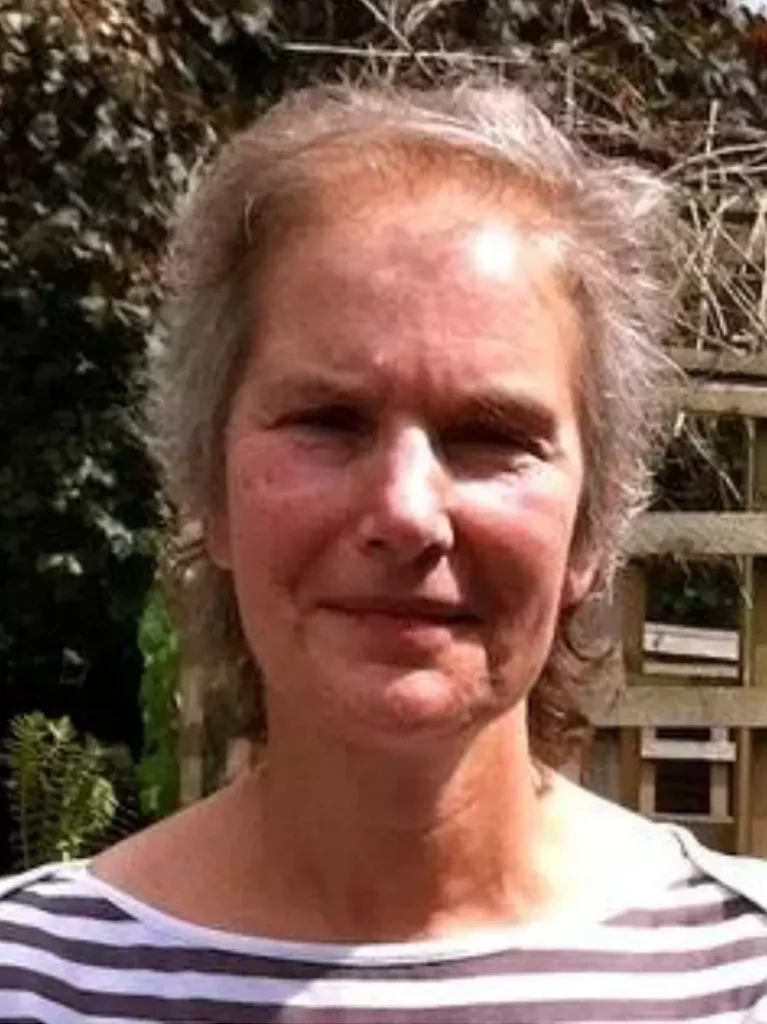
Why psychoanalytic supervision for those working therapeutically with traumatised children can be transformational
Written Thought Piece by Deirdre Dowling
Child psychotherapy supervision for treating trauma
Since I retired from the NHS ten years ago and set up in private practice, I have supervised a wide range of childcare professionals seeking a psychoanalytic perspective on their work. Supervising childcare workers from different trainings like art therapists, clinical psychologists, play therapists, family therapists and school counsellors, using child psychotherapy supervision has raised interesting questions about the key aspects of technique. It has also, at times, challenged my views about my practice.
My interest in teaching and supervising psychotherapeutic work across the professions stems from my first career in childcare social work when I was thirsty for knowledge about how to help the troubled young people in Social Services care. For three years, I had worked with a young girl in care who I had referred for intensive child psychotherapy at the Anna Freud Clinic, and I saw the slow but steady transformation in her sense of self and her well-being.

Photo by ???????? Janko Ferlič
Fascinated by the effectiveness of this treatment, I decided to train as a psychoanalytic child psychotherapist. This was 35 years ago, when there was no funding for training, so I paid my way by teaching social workers what I was studying on the Independent Child Psychotherapy training at British Psychotherapy Foundation. I continued teaching for about 3 years until I was offered one of the first funded placements. From this early stage, I was interested in finding a way to translate complex psychoanalytic ideas into accessible language for my ex-social work colleagues and others, and this has continued to be a preoccupation of mine ever since, when teaching and supervising colleagues in UK and abroad.
An important issue has been how to help non-analytic therapists explore the unconscious aspects of their work and listen to their own thoughts and feelings without the experience of their own analysis and infant observation.
How can we help others develop an understanding of the child’s inner world and the complexity of the therapeutic relationship so that their contact with young people can be made richer and more comprehensible? Social workers, teachers, health visitors and others work every day with troubled children and can feel overwhelmed by the intense emotions of anger and despair provoked by the child’s challenging or withdrawn behaviour as I was, but they lack the theoretical understanding to make sense of these feelings. Child psychotherapy supervision with a psychoanalytic lens can offer a safe setting where practitioners can stand back and explore their responses to the child, as Ogden suggests, bringing a new clarity to their understanding of the child’s difficulties.
In his chapter in Rediscovering Psychoanalysis, Thomas Ogden writes about supervision as a joint process, pointing out that the patient brought by therapist or practitioner for discussion is necessarily a fiction as the account contains so much of the therapist’s own feelings, ideas and thoughts in this two-way relationship.
‘Dreaming up the patient in the supervisory session represents…. the combined effort of the analyst and supervisor to bring to life in the supervision what is true to the analysts’s experience of what is occurring at a conscious, pre-conscious, and unconscious level in the analytic relationship (p34)’.
Ogden suggests our task as supervisors is to help the therapist /practitioner to look at the conscious and unconscious processes that interfere with the therapist’s capacity to think freely and do the psychological work necessary to understand their patient.
This is how I see my role with experienced childcare professionals engaged in therapeutic work who know their craft well but are feeling stuck or unsure how to proceed. In my experience, this interference can come from within or without. Internally, from disturbing dynamics in the child-therapist relationships that have been projected into the therapist and are not yet recognised. Or from outside, disturbances in the organisational setting, or both. Unravelling the sources of the difficulties together is part of the fascination of the supervision process.
Although I have been anxious at times that simplifying psychoanalytic ideas and extracting certain concepts may devalue the psychoanalytic model, I have seen its benefit.
Supervising those newer to therapeutic work with children and to the psychoanalytic approach is more challenging. When I am presented with a complex case in supervision, I often wonder where to begin, what are the key ideas that will be particularly meaningful and could change the quality of the therapist’s interaction with the young person.
Sometimes, the first step is help the therapist create a reliable structure for their work with the child, organising to have the same room, same day and time each session, and being clear about a realistic time frame for their work. Particularly if the therapist is a lone worker, as often happens in schools, I try to clarify what support they have in their institution, who to go to if there is a risk issue, and how much the staff team understand about the parameters of the therapy.
Although in child psychotherapy supervision I have been anxious at times that simplifying psychoanalytic ideas and extracting certain concepts may devalue the psychoanalytic model, I have seen its benefit. For example, the idea that children’s play and behaviour has meaning and that it can reveal something of their inner world opens up a new perspective to the therapist and their view of the child. If the worker’s response shows an understanding of the child’s story, a therapeutic conversation can then begin, which will often then develop and grow over future sessions.
Similarly, a recognition of the way we repeat patterns of relating from early years leading to an understanding of the transference and countertransference can make a fundamental difference to the therapist, reducing the sense of helplessness and despair it is so easy to feel in work with very disturbed children. It helps explain the intensity of the therapeutic relationship, showing that a child’s distrust and rejection is not personal, but a reflection of the child’s early life. It also reveals that the worker’s feelings are a clue to understanding the child, often a projection of unwanted feelings, that are too painful to bear.
I could go on; the value of taking a developmental and family history, of understanding of intergenerational trauma, making a proper assessment, following the child’s feelings, picking up simple links rather than making complicated interpretations, emphasising that change is slow and often imperceptible at first. The challenge, each time, is to discover what will be of most use now, to help the child and the worker develop.
For the supervisees, there can be an inherent tension in taking on child psychotherapy supervision and the psychoanalytic ideas that may conflict with their core training and a frustration that it takes time to develop a more reflective, non-directive approach, tolerating the uncertainty of psychoanalytic work. Remembering my early questioning as a trainee helps me understand their dilemma.
I have enjoyed this discourse with other childcare professionals, and it has influenced my practice over time. From a family therapist, I have learnt the value of simple interventions in a crisis, offering parenting strategies or setting up family meetings to negotiate with adolescents in conflict. I have seen the benefit of positively reframing difficult issues, so they are more digestible to the family. An Art therapist has helped me look at the child’s creative work as a valuable act in itself, opening the child to an internal dialogue and a therapeutic relationship whether or not I understand its symbolic meaning. So, the dialogue continues, raising new issues and refreshing my interest in this work.
View more in-depth thinking from our guest bloggers on our Thought Pieces page.




